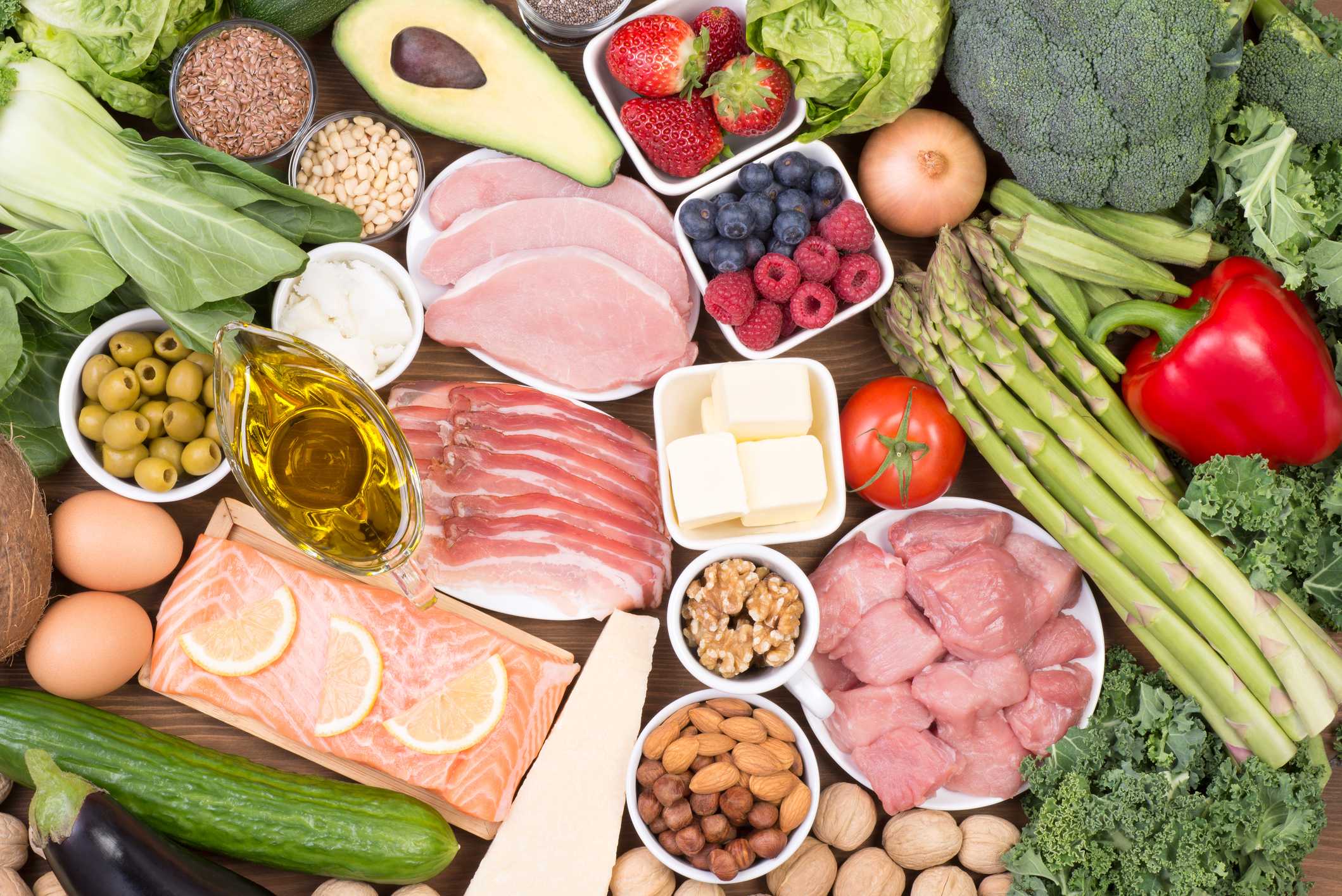Managing Diabetes and Fruit Consumption: Fruits to Approach with Caution
When it comes to managing diabetes, understanding the impact of different foods on blood sugar levels is essential. Fruits, while nutritious and packed with vitamins, minerals, and fiber, can also contain natural sugars that can affect blood glucose levels. In this article, we will explore the topic of managing diabetes and fruit consumption. We will discuss fruits that should be approached with caution and provide guidance on incorporating them into a diabetes-friendly diet for optimal blood sugar control.
The Importance of Fruit in a Diabetes Diet: Fruits are an important part of a healthy diet for individuals with diabetes. They provide essential nutrients, antioxidants, and dietary fiber that contribute to overall health and well-being. However, due to their natural sugar content, some fruits need to be approached with caution to prevent rapid blood sugar spikes.
Fruits to Approach with Caution:
- Tropical Fruits: Fruits like mangoes, pineapples, and bananas tend to be higher in natural sugars and can have a more significant impact on blood sugar levels. While they can still be enjoyed in moderation, it’s important to monitor portion sizes and consider pairing them with a source of protein or healthy fat to slow down the absorption of sugars.
- Dried Fruits: Dried fruits, such as raisins, dates, and dried apricots, are concentrated sources of natural sugars and can lead to rapid increases in blood sugar. They should be consumed sparingly and in small portions. Keep in mind that the drying process removes water, making the sugar content more concentrated.
- Fruit Juices: Fruit juices, even if they are 100% pure, can lack the beneficial fiber found in whole fruits. Without the fiber, the natural sugars in fruit juices can be quickly absorbed, causing a spike in blood sugar levels. It’s advisable to limit fruit juice consumption and opt for whole fruits instead.
Incorporating Fruits into a Diabetes-Friendly Diet:
- Portion Control: Be mindful of portion sizes when consuming fruits. Opt for smaller servings and spread your fruit intake throughout the day to prevent sharp increases in blood sugar levels.
- Pairing with Protein and Fiber: Combining fruits with a source of protein or fiber can help slow down the absorption of sugars and minimize their impact on blood glucose levels. For example, have a handful of nuts or a tablespoon of nut butter along with your fruit serving.
- Choosing Lower-Glycemic Fruits: Some fruits have a lower glycemic index, which means they have a milder impact on blood sugar levels. Examples include berries (strawberries, blueberries, raspberries), apples, pears, and citrus fruits. These can be enjoyed in moderation as part of a well-balanced diabetes diet.
- Fresh and Whole Fruits: Opt for fresh, whole fruits over processed or canned fruits that may contain added sugars or syrups. Fresh fruits provide more fiber and are generally a healthier choice for individuals with diabetes.
Fruits are a valuable part of a diabetes-friendly diet, providing essential nutrients and fiber. However, it’s important to approach certain fruits with caution due to their natural sugar content. By practicing portion control, pairing fruits with protein or fiber, and choosing lower-glycemic options, individuals with diabetes can still enjoy the nutritional benefits of fruits while managing their blood sugar levels effectively. Remember to work with a healthcare professional or a registered dietitian to personalize your diabetes management plan and determine the best fruit choices for your individual needs.
